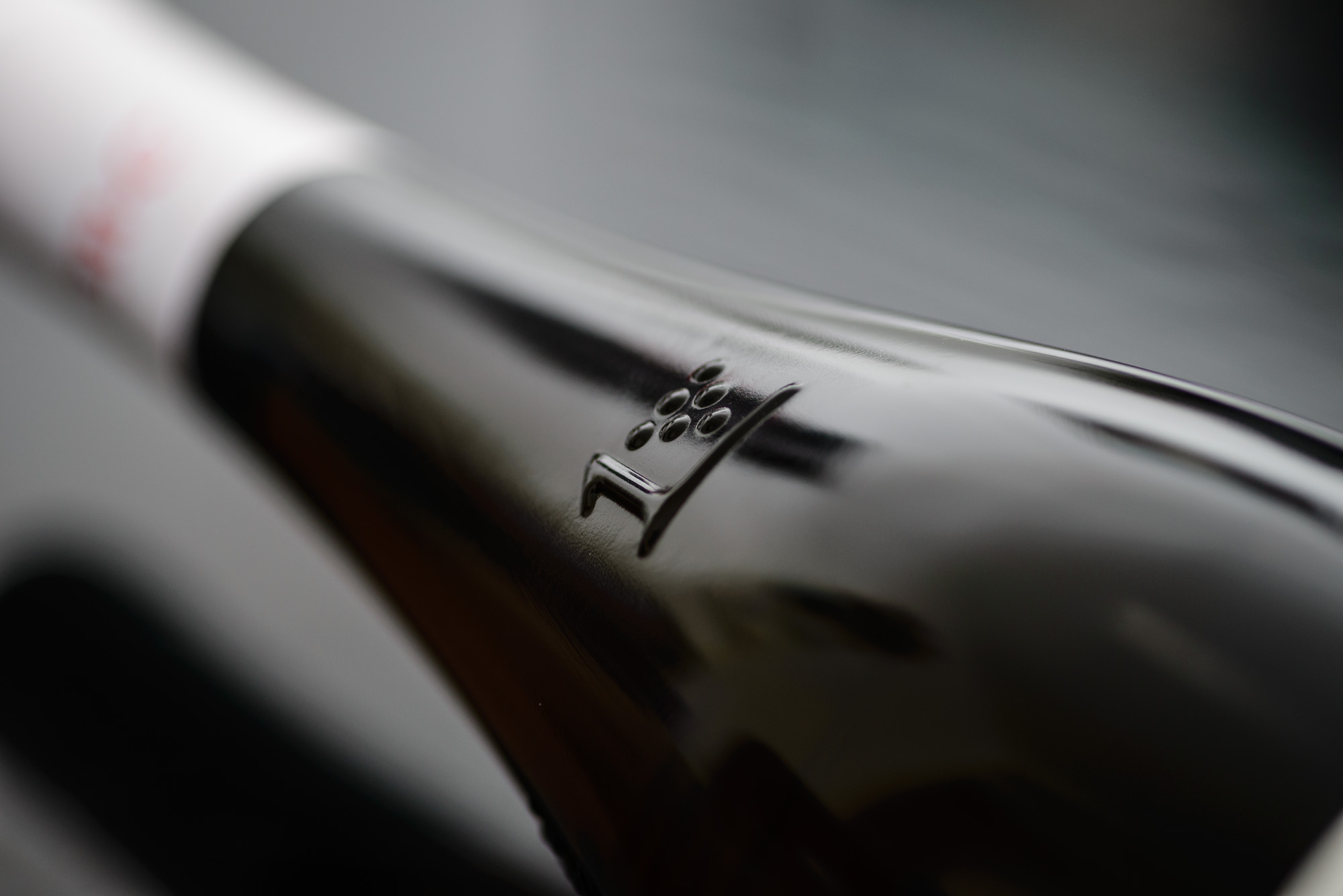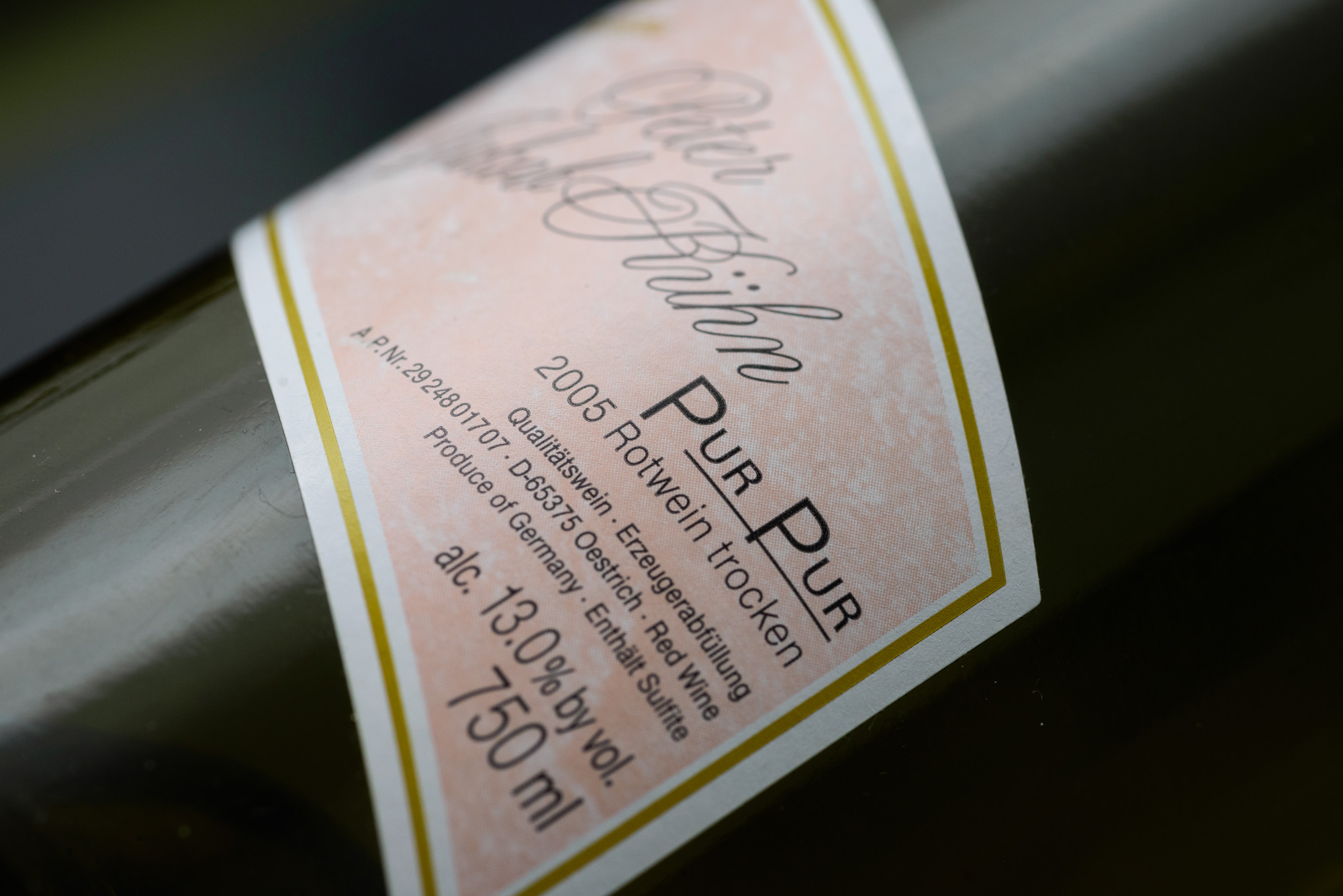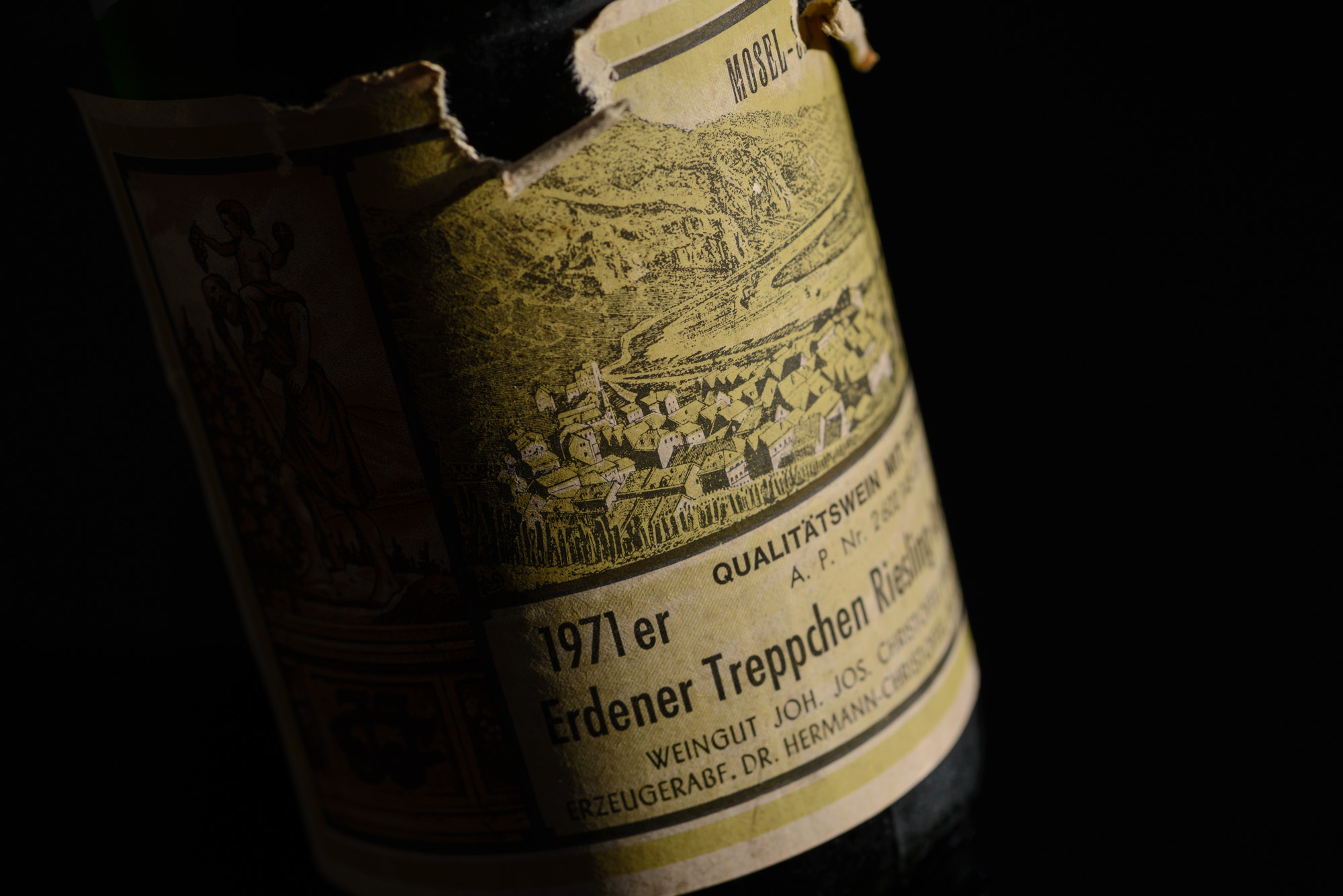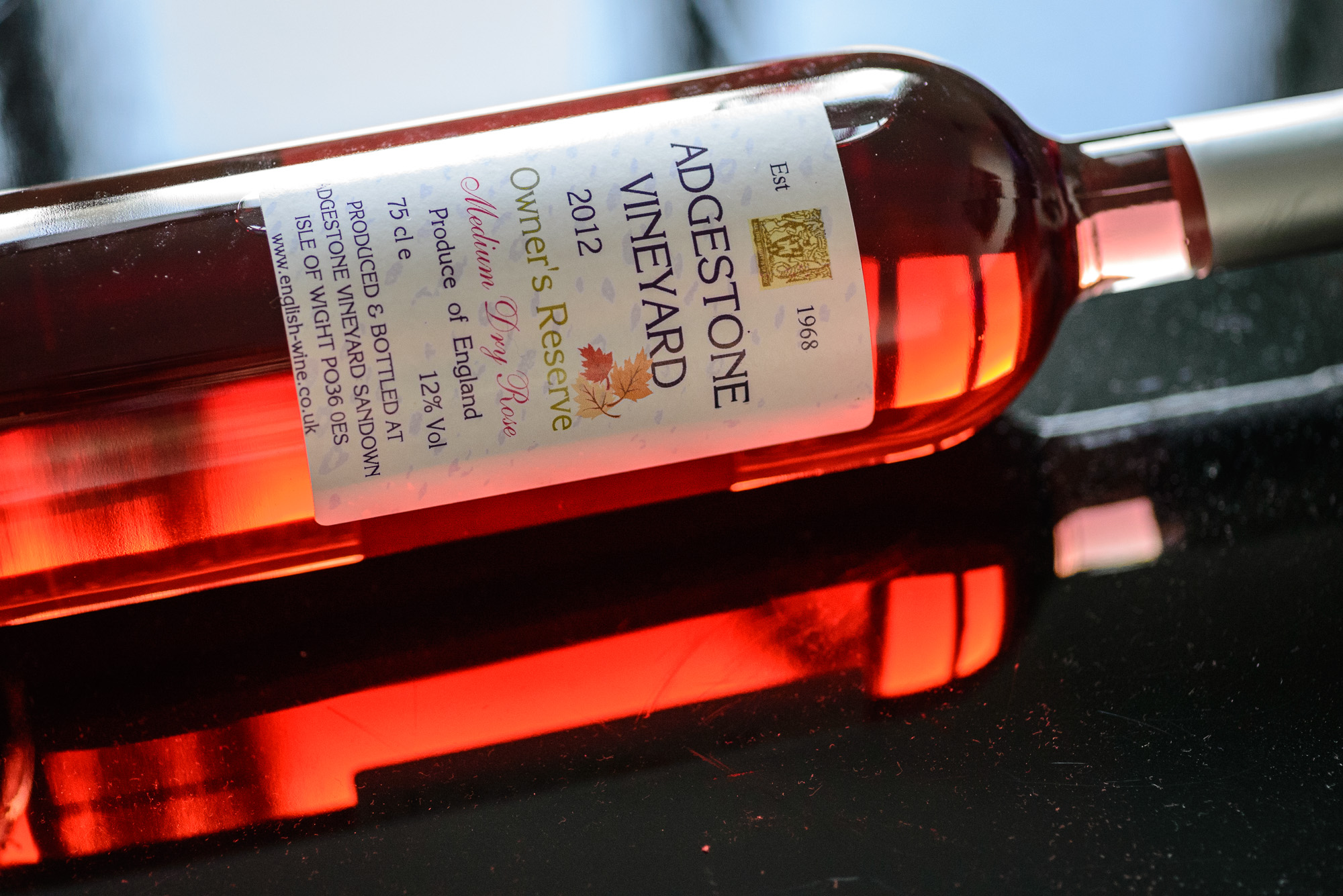Karthäuserhof, Eitelsbacher Karthäuserhofberg, Riesling Spätlese, 2007
Drinking wine is expectation management. It is many other things too, and I would hope on most occasions the expectation management is invisible, but sometimes it can become centre stage when writing a wine review. If your expectations are low but the wine delivers, is there a risk you praise it too much? And if your expectations are very high, will you be led to write a review that compares the wine with your expectations instead of looking at it on its own merit? 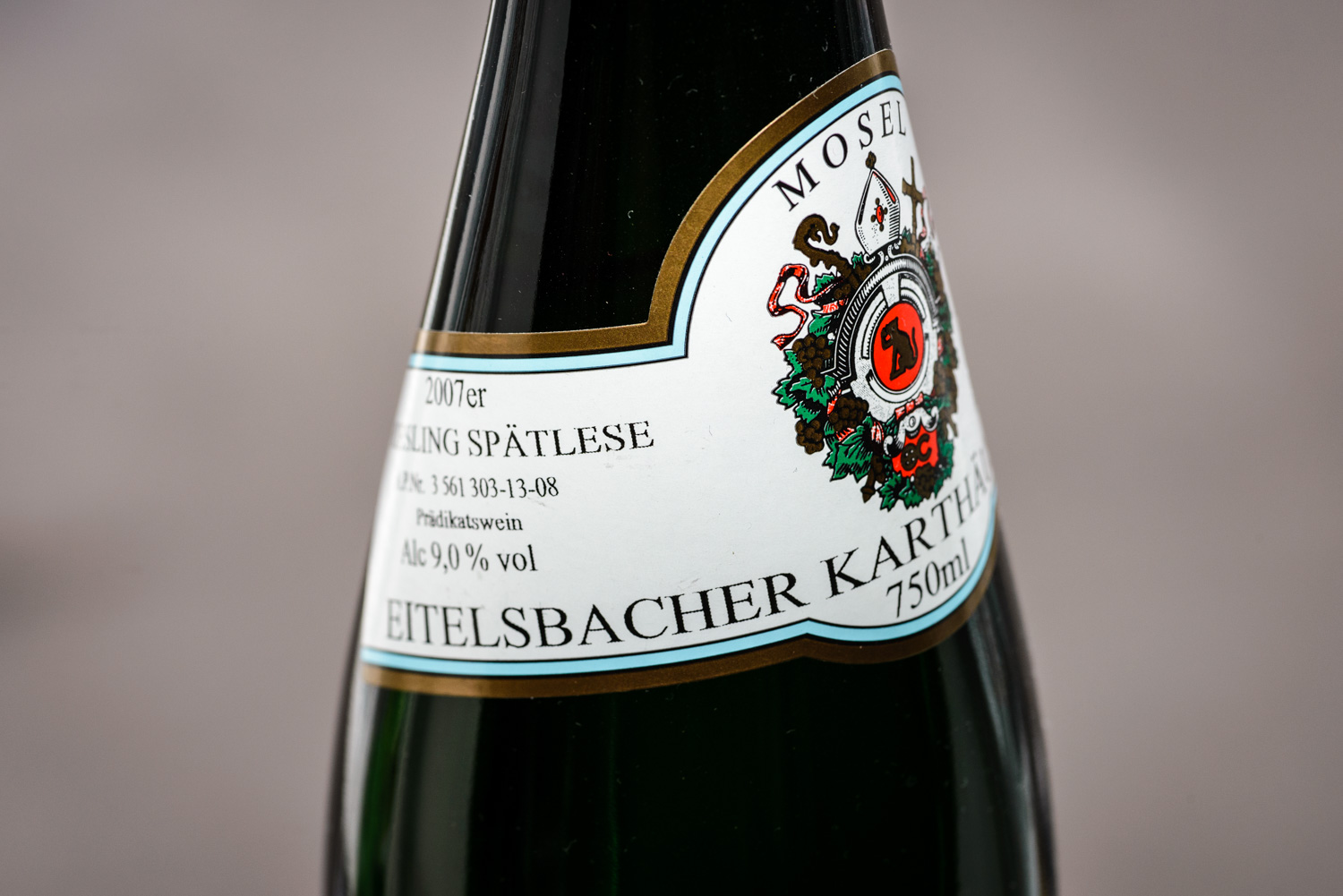 The above-pictured late harvest from the Mosel tributary Ruwer falls into one of these two categories for me, so approach with care.
The above-pictured late harvest from the Mosel tributary Ruwer falls into one of these two categories for me, so approach with care.

 Looking through my cellar, the only Huber wine left is a Müller-Thurgau, not quite the obvious choice, but it has to do for a toast to one of the greats of wine making.
Looking through my cellar, the only Huber wine left is a Müller-Thurgau, not quite the obvious choice, but it has to do for a toast to one of the greats of wine making. 
